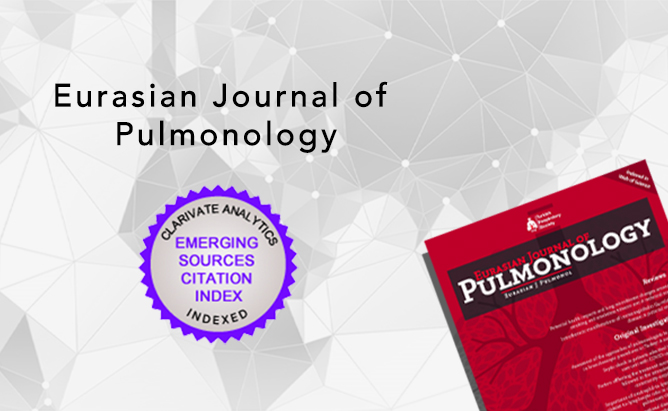2Department of Chest Diseases, University of Health Sciences, Ankara Atatürk Chest Diseases and Chest Surgery Education and Research Hospital, Ankara, Turkey
Abstract
BACKGROUND AND AIM: The relationship between bronchial hyperreactivity (BHR) and lung function parameters and blood eosinophilia in suspected asthmatics is not clear. This study aimed to investigate the relationship between FEF 25-75 values and blood eosinophilia levels and BHR in patients with asthma symptoms.
MATERIALS AND METHODS: Demographic and spirometric data and blood eosinophil counts were compared between patients with and without significant BHR. Receiver operating characteristic (ROC) curve analysis was performed to evaluate FEF25–75 and blood eosinophil count cutoff values to distinguish BHR in these patients.
RESULTS: According to the data of 894 patients, with BHR in 182 (20.4%), FEF25%–75% were significantly lower and blood eosinophil counts were significantly higher in patients with BHR. The best discriminatory values to assess the nonevident BHR were 64.5% for FEF25–75 (sensitivity: 94.2% and specificity: 18.7%) and 164/μL for blood eosinophil count (sensitivity: 59.6% and specificity 60.2%). The rate of nonevident BHR was significantly different between patients with FEF25–75 <65% and ≥65% (54.7% and 81.9%, respectively, P < 0.001). Although significant, the rates of nonevident BHR in patients with blood eosinophil counts below and above the cutoff (85.5% and 72.6%, respectively, P = 0.012) were not as different as the rates in patients with FEF25–75 values below and above the cutoff.
CONCLUSION: FEF25–75 is associated with BHR in patients with asthma symptoms. Nonevident BHR is more likely if FEF25–75 ≥65 in suspected asthmatics. However, blood eosinophil count is not helpful in predicting the absence of BHR in suspected asthmatics.




 Kurtulus Aksu1
Kurtulus Aksu1 




